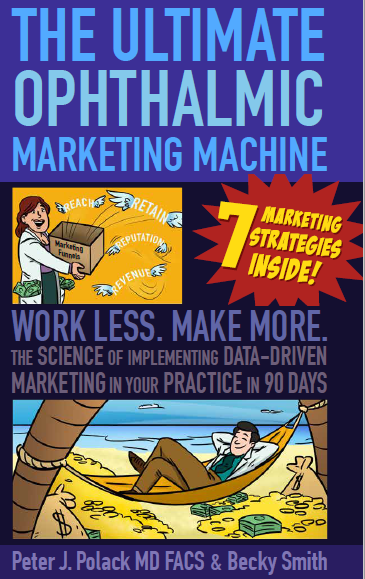7 minute read
Resilience is an ability to recover from or adjust easily to misfortune or change
--Merriam-Webster Dictionary
After experiencing the pandemic crisis and economic downturn, it was clear to us that we needed to update our 7R strategies a bit. A practice could have followed a well-thought out marketing strategy entering 2020 but still could have fallen off the precipice.
While some epidemiologists and infectious disease experts have been sounding the clarion call for pandemic preparedness for decades, the severity and scope of this pandemic was still shocking. And few could have foreseen the economic devastation to businesses that has occurred. Medical practices were not immune.
In fact, an American Academy of Ophthalmology survey found that 73% of practices report that they will be smaller, financially unhealthy or both by the end of 2020 and 6% report they will be forced to stop practicing.
What is a medical practice to do?
“My barn having burned down,
I can now see the moon.”
Mizuta Masahide
17th century Japanese poet and samurai
Well, while it sounds cliché to say that with challenges come opportunities, we are going to say it anyway. Many business experts say that it is precisely in times of economic downturns that prescient businesses can capture market share.
[This seems like a good place to bring up the popular meme that the Chinese word for crisis contains the character for opportunity. However, apparently that is probably a faulty transliteration. But, having said that, it doesn't mean that opportunities CAN'T happen with crises.]
So as your competitors have pulled back on marketing, now is the time to increase yours in a methodical and data-driven way. While you’re at it, perhaps now is the time to look at expanding your footprint in the market with additional locations or referral satellites. Also, take a survey of your procedures and offerings; can you diversify your portfolio of cash-pay services? All of this can increase market share exponentially in a downturn.
But in order to be positioned for increasing market share, a practice needs to be prepared ahead of a downturn. And that’s where Resilience comes in.
What is Resilience?
In 1984, the term moral distress was coined by the philosopher Andrew Jameton to explain the dilemma that healthcare workers (nurses in this case) faced when having to make a difficult decision between two equally bad choices. It was specifically called moral distress and not psychological distress, as it was centered in bioethics more so than psychology.
If you think about it, many of us physicians had to make difficult decisions throughout the pandemic. But so did our employees. And their family members and friends. In fact, a lot of people had to make difficult choices.
Go to work or avoid getting sick?
Send the kids to school or keep them safe?
Leave a job to take care of loved ones or continue to draw a paycheck?
The opposite of Moral Distress, according to Jameton, is Resilience.
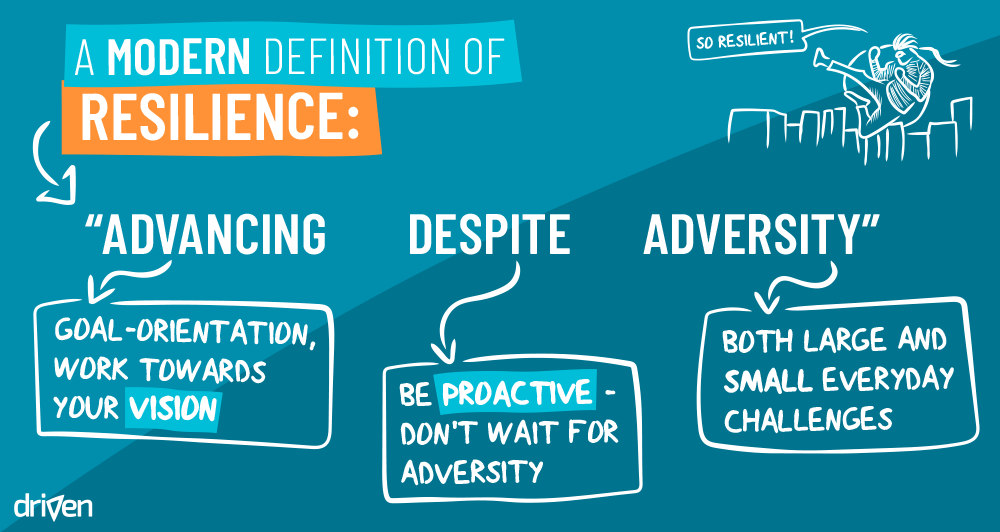
And this philosophy can help us to plan for the inevitable: the next crisis or pandemic.
Therefore, we will herein refer to our concept as “The Resilient Practice”, where challenges and crises such as…
CATASTROPHES like the COVID Pandemic
CUTS in reimbursement
COMPETITION (from your competitors, of course, but also from less traditional players like Academic Centers horning in on your market and Pri)
CLIMATE (as in financial, political or otherwise)
…can in fact become opportunities.
‘OK’, you say, ‘I get how I should be prepared for the usual roller coaster of reimbursement cuts (or just threats of same), competitors and changes in the political climate. But how can I be prepared for a Black Swan event like the COVID pandemic if they are so rare to begin with?’

liveindex.org
To which, I would answer, good point. However, if you do a little history reading you will find that these things happen cyclically and now, more often.

umn.instructure.com - note: COVID deaths are up to 2.3MM as of Feb 2021 6.5MM as of Sep 2022, putting COVID in the top ten
Add to that the increasing global connectedness and experts predict that pandemics like this may be the shape of things to come. Citizens in far eastern countries are already accustomed to wearing face masks in public.
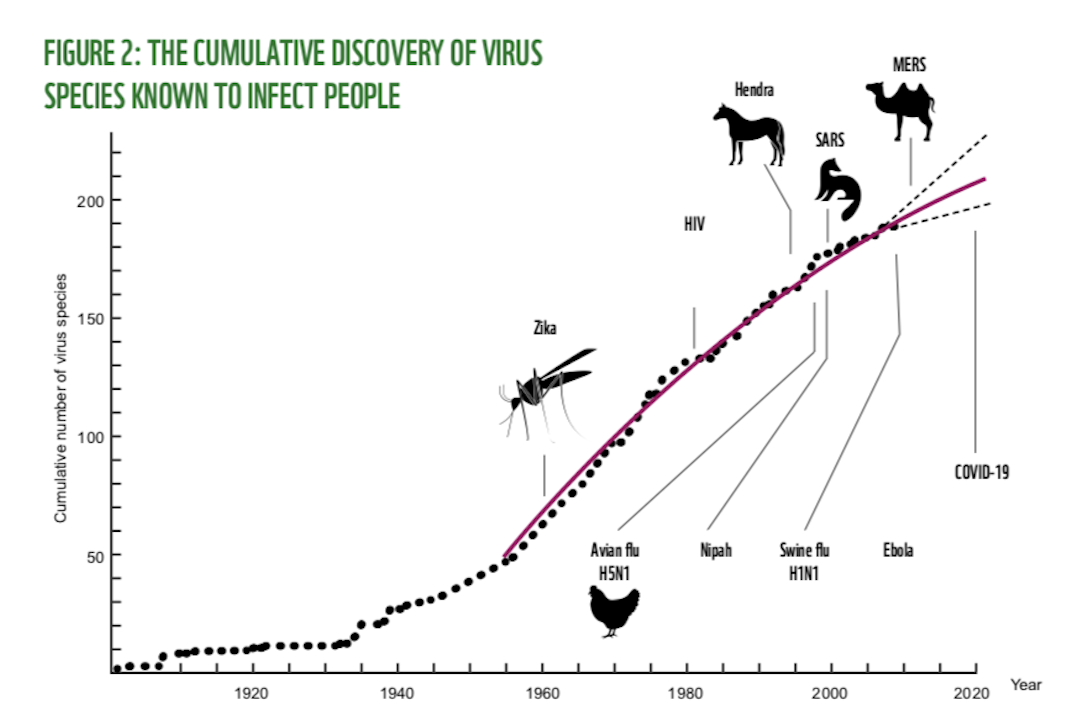
dalberg.com
‘OK.’ you say, ‘but how is preparing for these things creating any sort of actual opportunity for my practice?’
Because, I say, if you are prepared for any sort of eventuality, you will be in the best possible position to recover from it relative to other practices.
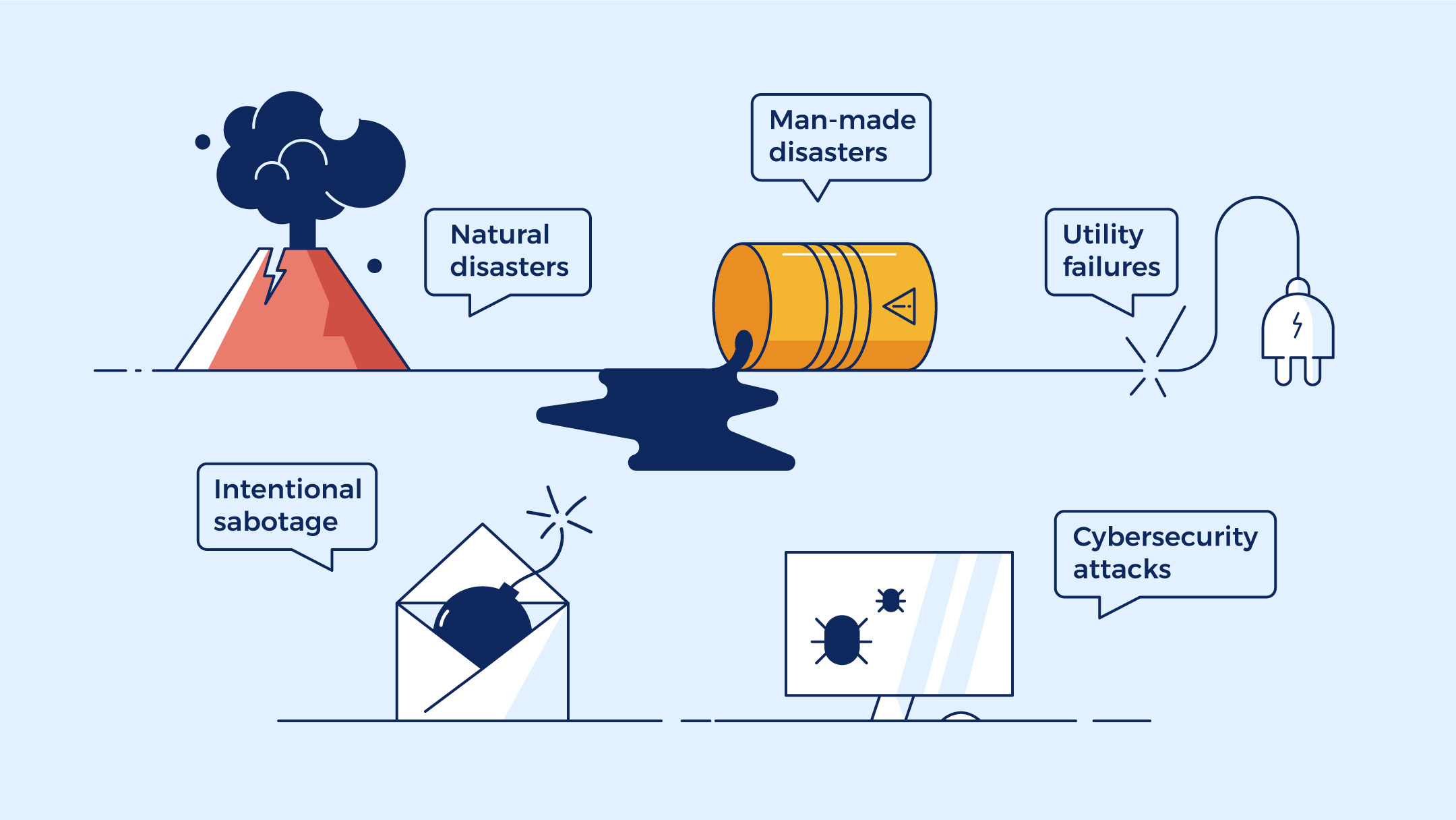
Nextiva
To paraphrase Donald Rumsfeld, it is better to be prepared for a known unknown than to be unprepared for a known known.
And if your competitors are not in a similar position, they will be less likely to recover as successfully.
“Only those who dare to fail greatly, can ever achieve greatly.”
Robert F. Kennedy
So, regarding business and marketing, when they pull back, we push forward. But in order to be able to do that, we must be resilient.
And for a business to be completely resilient, it must be baked into all facets of its being.
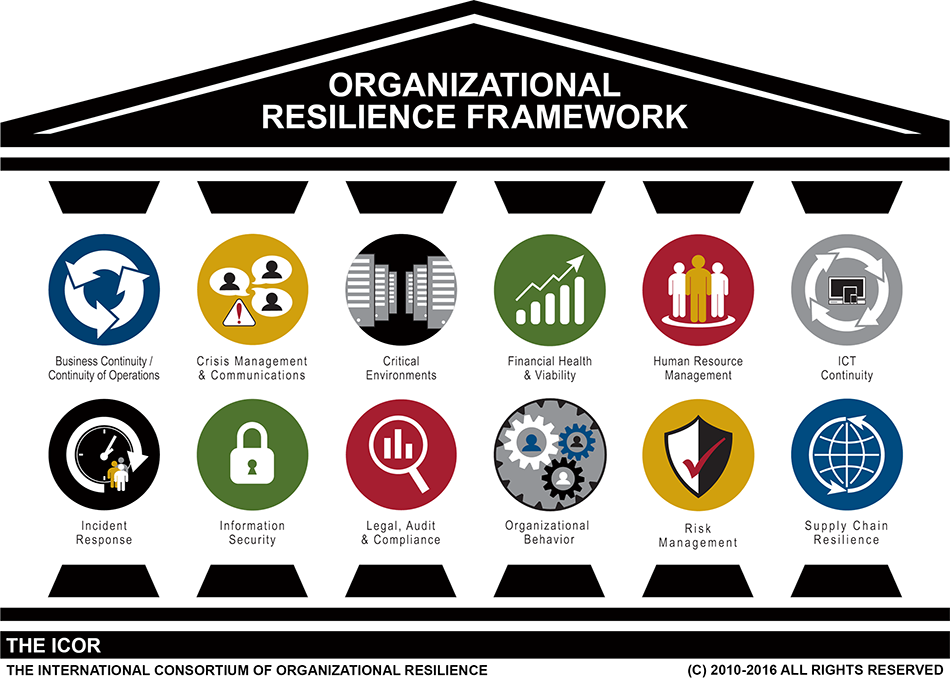
Obviously, the scope of our marketing blog does not allow for delving into the granularity of each of these resilience factors (although they should all be addressed at some point). But…ok, real quick 10,000-foot overview:
First, we need to distinguish between a hazard and a disaster.
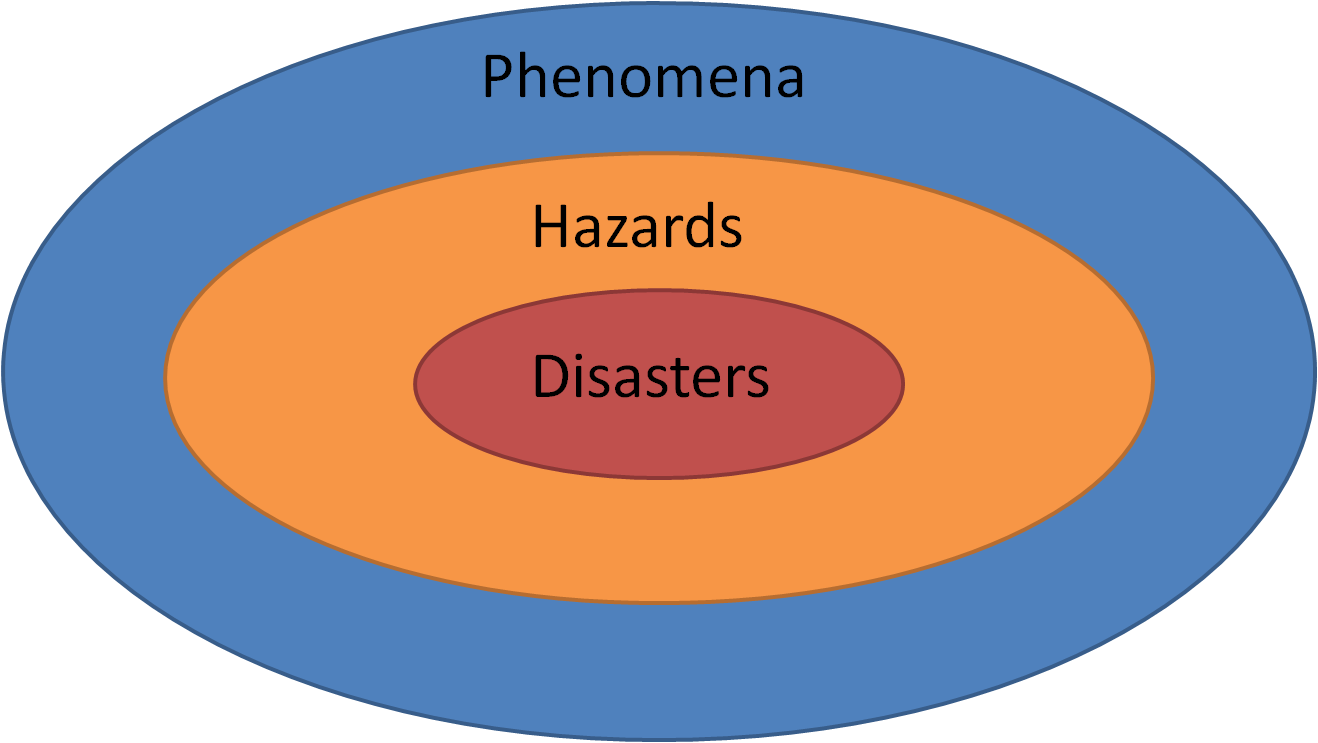
disastrousideas.wordpress.com
Hazards, such as earthquakes, hurricanes, or tsunamis, we have no control over.
An epidemic or pandemic would also be considered a hazard.
Hazards are also cyclical by nature. We don't fully understand why they happen. If we did, then we could exert some (beneficial) control over them. But then they wouldn't be cyclical! (We won't get into how we can adversely affect hazards, such as contributing to climate change.)
Disasters, on the other hand, are the result of the hazard, the interaction of the hazard with people and society. So, as Malka Older writes, if an earthquake happens in the middle of an unpopulated desert, then it is a hazard, but there is no disaster. If the same magnitude earthquake hits the heart of a city, we could have a major disaster.
The risk of a disaster to a system (society, business, etc.), as it relates to a particular hazard, is related to the vulnerabilities of that system.

USGS Natural Hazards Mitigation Planning
So, if we have no control over a Hazard, do we have any control over a Disaster?
Well, yes, but it depends. It depends on how much society is willing to invest time and resources in order to make itself less vulnerable and therefore to reduce the risk.
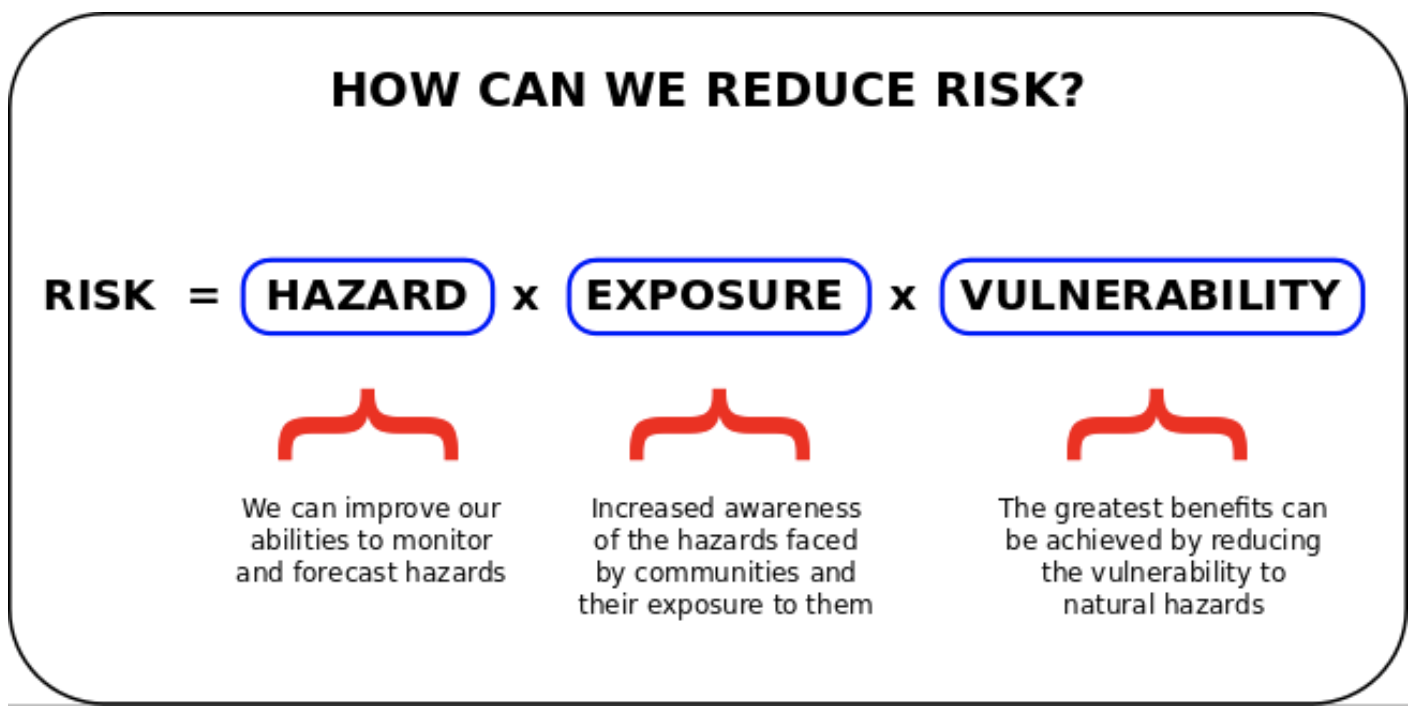
researchgate - Rosalie Tostevin
Back to our earthquake example. As Malka Older writes, a magnitude 7.0 earthquake in Haiti in 2010 killed more than 100,000 yet an 8.8 magnitude earthquake the same year in Chile only killed 600. Could the difference be due to the reduction of vulnerability, such as building code enforcement, public education and warning systems?
How much are you willing to invest in your practice to avoid being one of the 6% of practices that might go under?
What are the chances this will happen again during your career, during your lifetime?
How much are you willing to bet that it WON'T happen again?
Do you have a BUSINESS CONTINUITY PLAN and INSURANCE? This is for keeping your practice operations going in the immediate aftermath of an emergency...
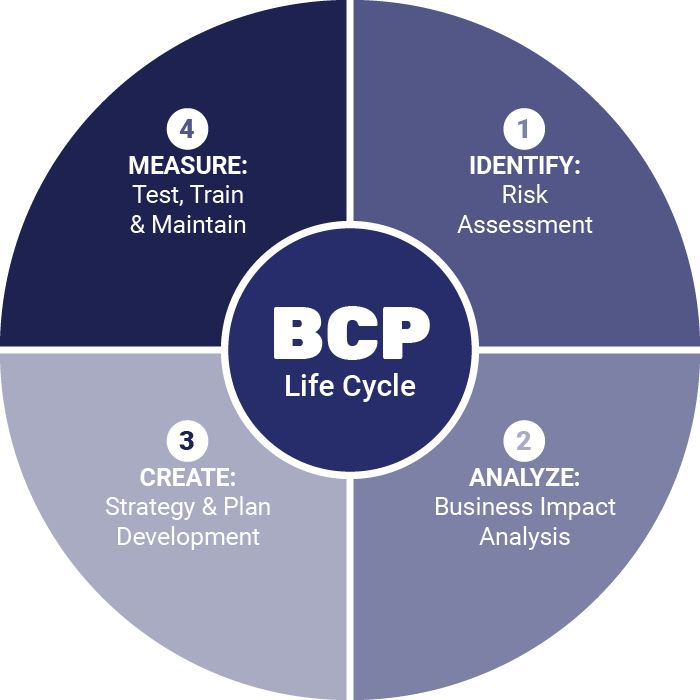
isocnet
Do you have a DISASTER RECOVERY PLAN and INSURANCE? This is for getting your practice back to normal once the crisis has passed...
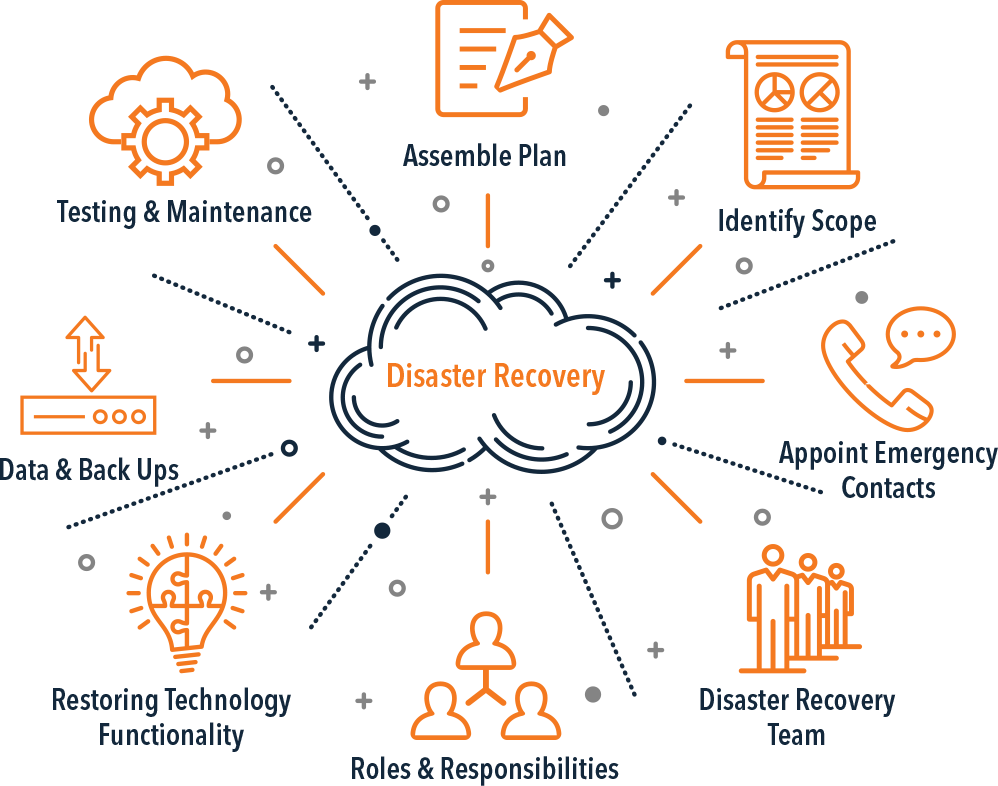
EvolveIP.net
If you are on EHR (and if not, really? still not?) do you have an EHR CONTINGENCY PLAN for operations as part of your business continuity and disaster recovery plan?
In other words, do you have a designated HOT (immediate fail-safe) or WARM (secondary location which can be ginned up) SITE? Or just a COLD SITE (your cousin’s son has a trick cellular hot-spot in his basement room that you could borrow until your office is rebuilt)?
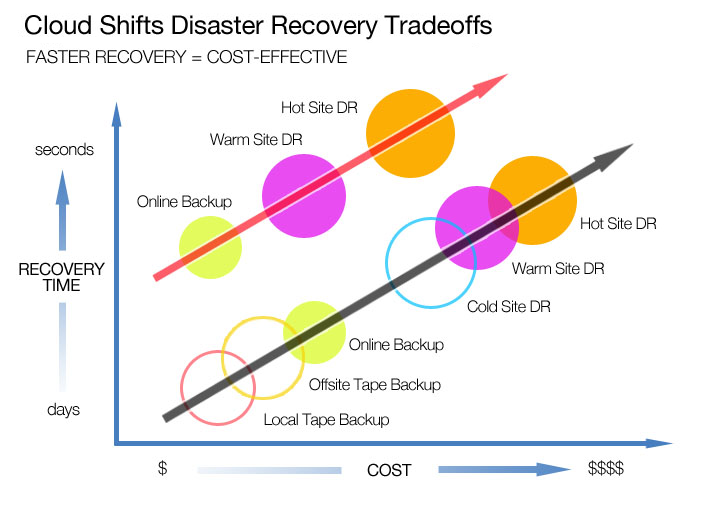
The hotter the disaster recovery (DR) site is, the higher the cost of setup and maintenance, but the quicker you're back up and running. Consider that one hour of EHR downtime is about $500 to $1000 per hour per physician, depending on the practice. So, if your EHR is down for half a day (or more) those DR setup costs start to pale in comparison. Also note that, as EHR systems become cloud-based (red line), some of these costs become reduced.
And, in case you wondered how they are related, business continuity is what is required to keep your operations going during and immediately after a crisis and disaster recovery is how you respond to the crisis and how you get back to normal.
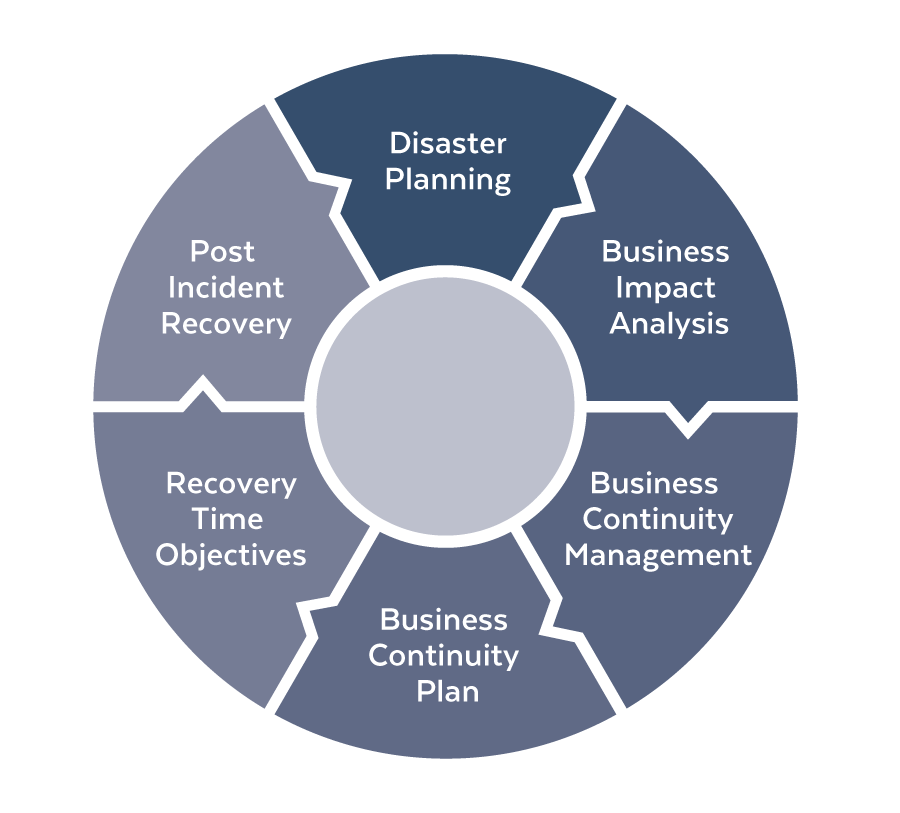
So, now that we have finished that brief overview of business resilience, we are going to focus our attention on the role your marketing strategy can have in contributing to your practice's resilience.
We hope to accomplish that by helping you to hedge your bets on your practice’s revenue sources by adding or increasing premium services. And that, we submit, is greatly facilitated by using Scientific Marketing and the 7R Marketing Strategies.
If that sounds familiar, it’s because you just got done going through all of those!
Unless you didn’t.
And then please take the time to read through them, starting with....
